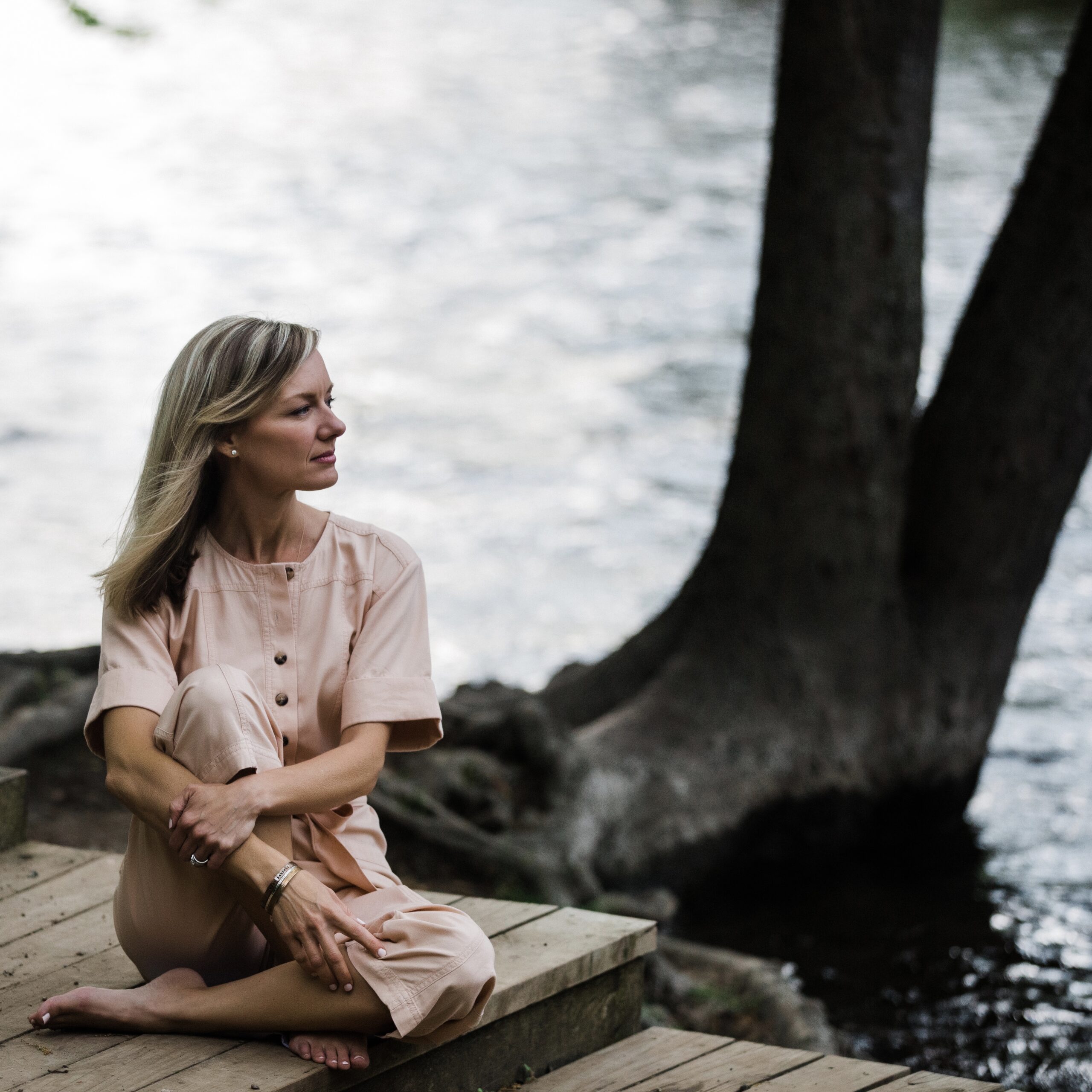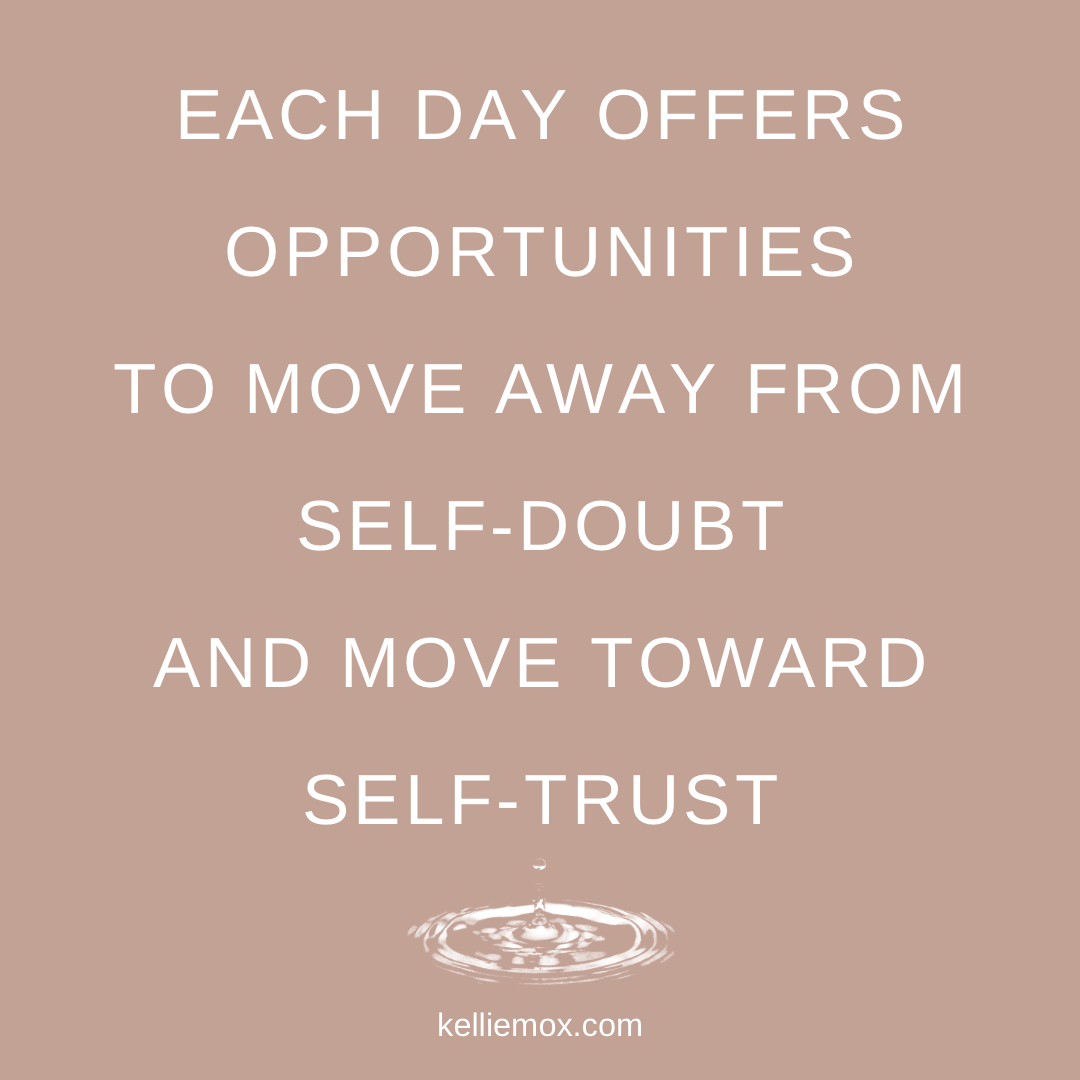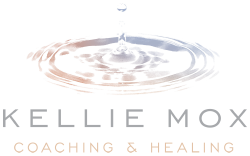I Don’t Know…
These three words are powerful. I hear them often in my conversations with womxn, and I’ve thought, spoken, even screamed them many times, too. I’ve noticed that feeling disconnected from our knowing is a theme for womxn and that it often stems from self-doubt. Feeling resourced and connected to our knowing stems from self-trust. It’s clear to me after decades of healing, both experienced and observed, that catalyzing self-trust is one of the foundational elements in revolutionary healing.
Origins
I remember struggling with decisions—big and small—in my youth: Should I buy the shirt, take the class, break up with the guy, move home from Australia? I struggled with health anxiety and hypervigilance of my body, too. For me, the difficulty in knowing and trusting my own heart, mind, and body was a reflection of the trauma adaptations I’d unconsciously turned to for safety. On a personal level, I don’t know freed me from the pressure of responsibility, it confirmed the unconscious belief that I’m not to be trusted, and it solidified my antagonistic relationship with my body and her wisdom. I don’t know was, quite simply, self-protective.
On a collective level, I don’t know reflected all that I’d been born into as a daughter of the patriarchy. Society suggests in subtle and not-so-subtle ways that a womxn’s intuition is not valid, that our body (the ultimate truth gauge) is inherently flawed, and that our voices are too loud.
My self-doubt masqueraded as perfectionism for much of my life, and it served me for a time. But, ultimately, I don’t know left me feeling powerless, voiceless, and very sick.

Catalyzing Self-Trust
My journey towards self-trust thus far cannot be understood through a single story or example. Rather, it’s a collection of stories that reveals a non-linear and never-ending path. I’m aware that each day offers opportunities to move away from self-doubt and move toward self-trust. I’m still (and always will be) practicing as I strengthen my wholeness and as life lives through me. If you’re on this path, too, know I’m on it with you. And know, too, that there’s not one formula for catalyzing self-trust, just as there’s not one formula for catalyzing healing. More and more I see how life offers each of us unique and diverse opportunities to experiment, learn, and grow. Below I share a few of the experiments that have helped me so you can play with them, too.
Please remember the importance of self-compassion when playing with new ways of being and doing. Know that you will likely bump up against some discomfort and resistance when shifting old patterns, and that this is completely normal; it’s the body’s way of keeping you safe. In Self-Awareness | The Course we strengthen the foundational soil of awareness so self-trust can flourish as we move with and through the resistance.
Consider: What does self-compassion look like for you? What do you need in order to gift yourself with compassion?
Experiment 1: Start with the Body
When we say we don’t know, what we’re really saying is that we’re not cognitively aware of our knowing. But we usually do know…we just haven’t accessed the knowing that lives in our bodies.
Applied kinesiology uses manual muscle response testing to bring the body’s knowing into our conscious awareness. We don’t have to have a practitioner muscle test us to do this; we can all learn to muscle test ourselves. I prefer to simply tune into my body’s sensations and functions to connect with her knowing. However you practice, know that you are honing your intuition in each embodied moment of awareness.
I’ve been doing a version of the below experiment for some time, but in my recent Human Design session with Paula Jeffrey, she suggested using sound to express the yes or the no that I feel, and I’m loving the clarity that comes with this added vibrational element.
Remember: This is A PRACTICE and a multi-step process. You are first experimenting with tuning into your body’s knowing. Then you must honor her knowing. Trust is cultivated through BOTH the connection to the knowing and the honoring of the knowing, over and over and over again (see experiment 2 below).
Experiment 2: Practice with Small Stuff
In my coaching practice when someone brings an “I don’t know” about a life-changing decision to the conversation, we may step away from that decision altogether and look at how they approach their everyday decisions. That is, most of us move through each day fairly unaware of the moment-by-moment choices we make. We’re automatic and unconscious about decisions like how we get ready in the morning, how we sit at our desks, if and when we take breaks, or even what we eat. But in every moment we have an opportunity to practice accessing our inner knowing, and thus, moving toward self-trust.
Practicing with the simple stuff means pausing long enough to show up with our whole selves in the everyday moments so that we can check-in with our bodies (first and foremost), hearts, and minds. You can utilize the body-based practice above for everyday decisions like what exercise to do or what to make for dinner. The stakes aren’t high and the pressure is off, so you can practice feeling into and honoring your knowing without the intensity of a life-changing decision. The more you honor your body’s knowing with the small stuff, the more you move toward self-trust in all areas of your life.
Experiment 3: Create Boundaries that Cultivate Trust
Boundaries are containers that you design to hold yourself and direct the flow of your attention to be in alignment with your intention. If your intention is to catalyze more self-trust, well-designed boundaries will support you in getting there. A couple of boundary experiments to try:

Keep small promises to yourself FOR yourself. A promise is, in and of itself, a boundary. Self-trust is, in part, a reflection of our relationship with ourselves. We all too often ignore our body’s needs for sleep, rest, or nourishment and then expect her to show up the same every day. But we don’t expect our relationships with others to flourish in the absence of trustworthy actions. You build self-trust when you honor your needs. Remember Maslow’s Hierarchy of Needs? Self-actualization can’t be reached if our needs aren’t met. I love working with moms for this reason; we so often sabotage our self-trust because we put many of our most basic needs to the side. I say we, because I mean me, too. A shower, 20 minutes of intentional movement, an extra hour of sleep…one small, doable promise FOR you every day.
Pause before responding. Pausing creates a boundary between you and action. This pause allows you the space and time to connect in with your body, your needs, your edge. It allows you to know what is yours and what is not yours so you can take aligned action. The more we live in alignment with our body and her needs, the more self-trust we cultivate. When we respond without pausing and connecting in with our truth, we move away from self-trust rather than toward it.
There’s a lot here, I know. Begin with one small step, and allow each step to inform the next. I’m here if you have any questions.


